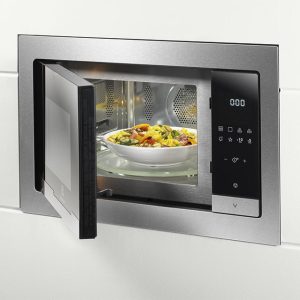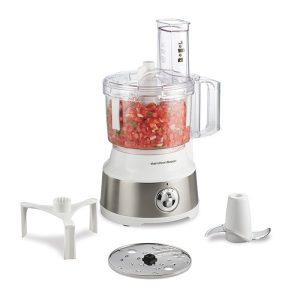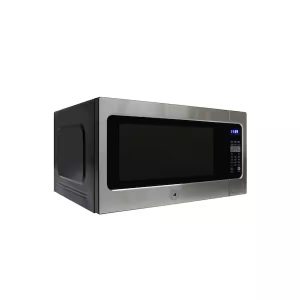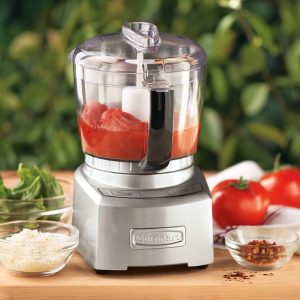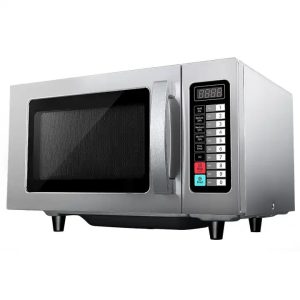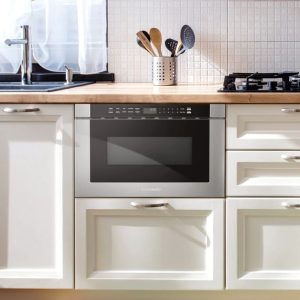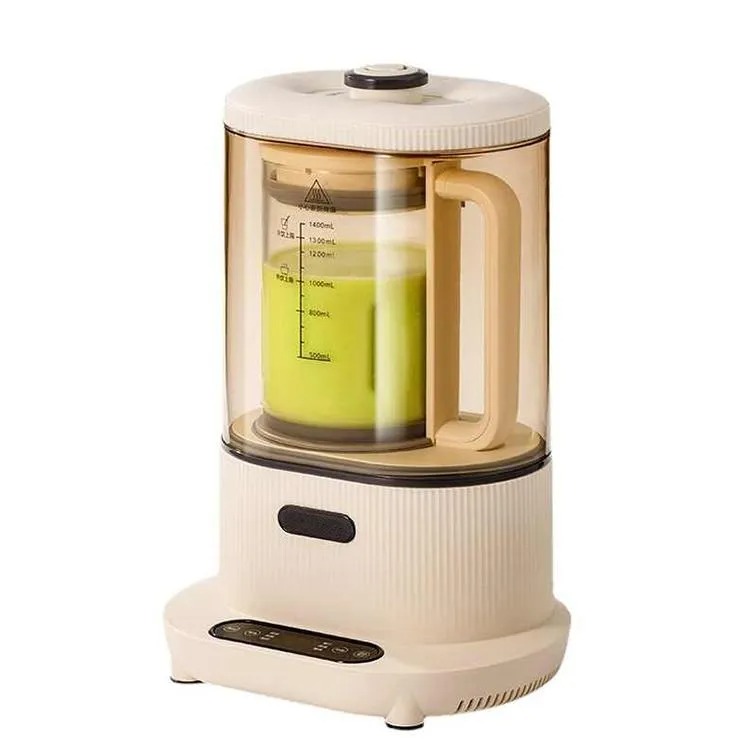
Top Picks for the Quietest Food Processors
Choosing the right quietest food processor can reduce noise in your cooking space. In the search for the quietest food processor, a few models stand out. These top picks combine power, efficiency, and whisper-quiet operation.
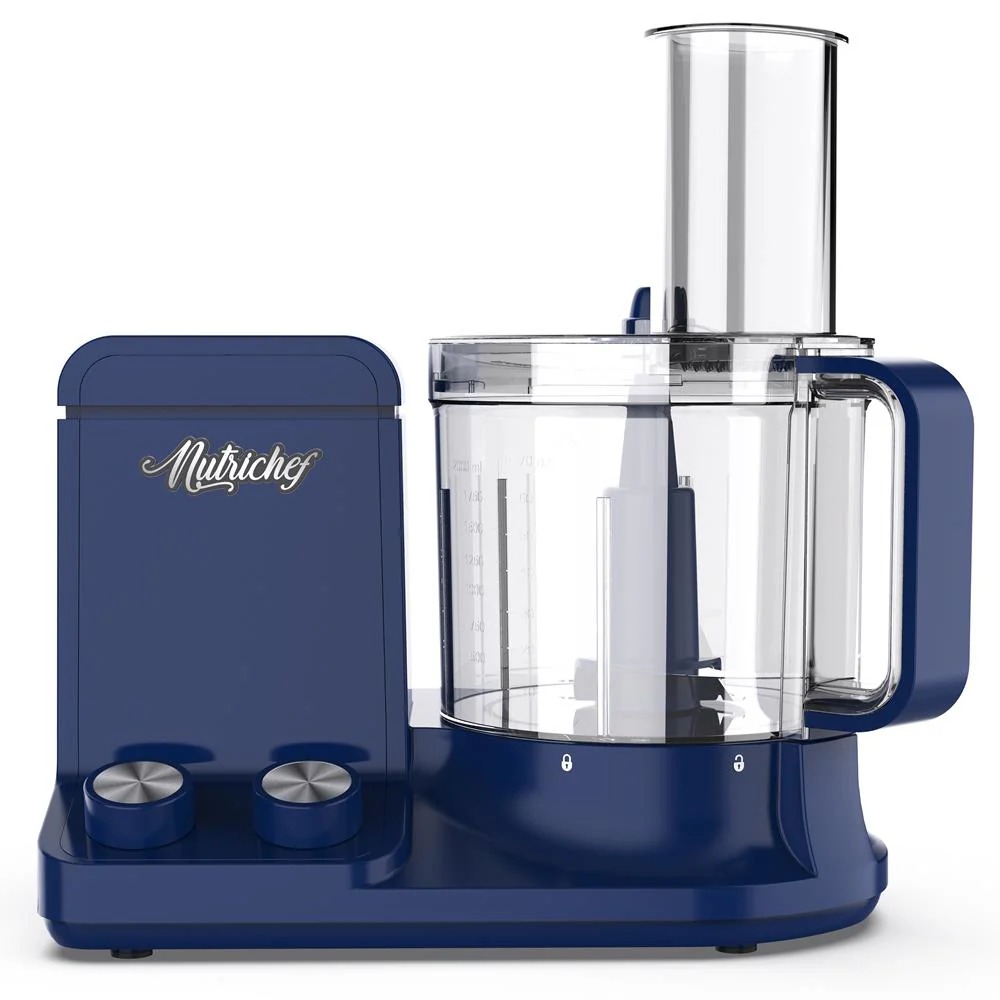
- Brand A QuietPro: Known for its innovative noise-reduction technology. It offers multiple speed settings and a sound-dampening case.
- Brand B SilentChef: A favorite for its compact design and quiet motor. It’s ideal for small kitchens and late-night food prep without disturbance.
- Brand C WhisperMix: Features advanced rubber seals and motor insulation. It’s a high-capacity processor that doesn’t skimp on quietness.
- Brand D HushTec: A robust machine with a quiet belt drive system. It promises powerful performance alongside reduced sound output.
These models are among the quietest food processors, offering a peaceful kitchen experience. When selecting, consider your cooking needs and kitchen size for the best fit.
Important Features of a Quiet Food Processor
When shopping for the quietest food processor, consider these critical features to ensure you’re getting a model that won’t disrupt your home’s tranquility.
- Sound-Reducing Technology: Advanced noise-reduction technology, such as sound-dampening cases and rubber seals, is paramount.
- Motor Insulation: Look for food processors with insulated motors. This effectively minimizes the noise during operation.
- Low-Speed Settings: A machine with multiple speed options allows for quieter operation when full power isn’t necessary.
- Heavy-Duty Base: A sturdy base can prevent vibration and additional noise.
- Tight-Sealing Lids: Processors with well-fitted lids help contain noise along with the food inside.
Selecting a food processor with these features will aid in maintaining a peaceful cooking environment. A quiet motor is especially important for early mornings or late nights in the kitchen. Remember that user-friendliness does not have to be sacrificed for quiet operation; the best models balance both.
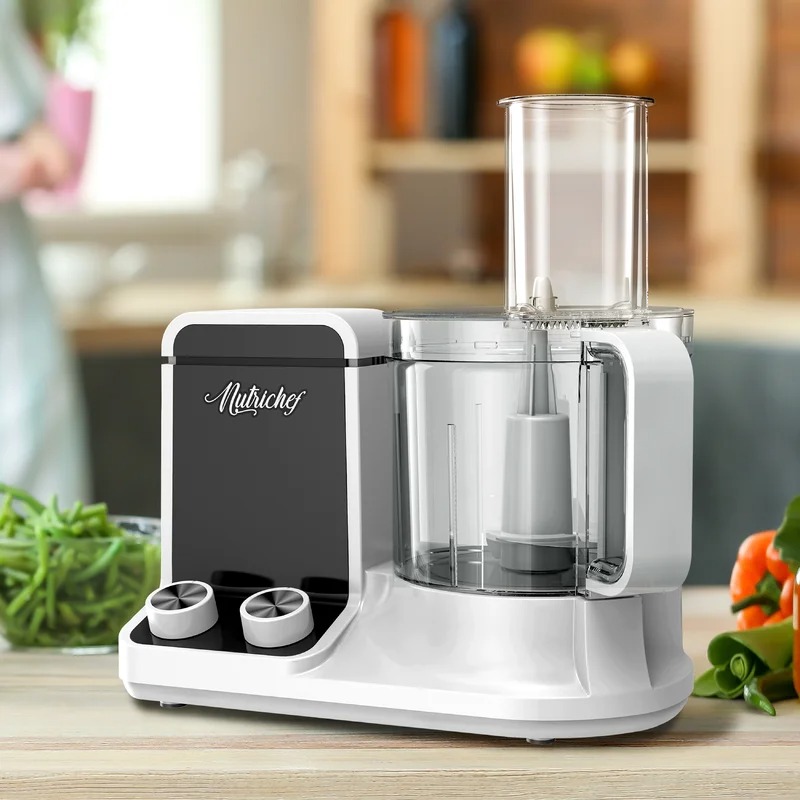
The Benefits of Owning a Quiet Food Processor
Owning the quietest food processor comes with multiple advantages that can enhance your cooking experience. Here are several key benefits that make a quiet food processor a valuable addition to your kitchen:
- Peaceful Cooking Environment: A quiet food processor allows you to prepare meals without adding to the noise pollution in your home. You can cook early in the morning or late at night without disturbing anyone’s peace.
- Reduced Stress: High noise levels can cause stress and irritation. A food processor with minimal sound output helps create a more enjoyable and relaxing cooking experience.
- Better Conversations: If you enjoy socializing in the kitchen, a quieter appliance won’t drown out conversations. This makes your kitchen a more welcoming space for family and friends.
- Versatility for Different Settings: Whether in an apartment with thin walls or an open-plan home, the quietest food processor works well in settings where noise reduction is important.
These benefits highlight the importance of considering noise level when choosing a new kitchen appliance. A quiet food processor can significantly improve your quality of life in the kitchen.
Noise Levels: What to Expect from a Quiet Food Processor
When looking for the quietest food processor, it’s helpful to know about expected noise levels. A standard food processor operates at around 80-90 decibels (dB). That’s as loud as city traffic. A quiet one, however, can keep noise closer to 60-70 dB, similar to a normal conversation.
Here’s what you should expect from a quiet food processor:
- Lower Decibel Ratings: Look for models that offer decibel ratings in their specifications. A lower dB number means a quieter operation.
- Soft Humming Sound: The quietest models often emit just a soft hum. This sound is subtle enough not to interrupt your daily activities.
- Silent Operation at Low Speed: On low-speed settings, the most silent food processors work almost noiselessly, helping you maintain a calm kitchen environment.
- Whisper Functionality: Some high-end food processors feature a ‘whisper’ mode, designed for ultra-quiet operation during specific tasks.
- Quiet Endurance: Even when running for longer periods, a well-designed quiet food processor shouldn’t increase much in noise, maintaining its soft murmuring sound throughout use.
Selecting a quiet food processor means you won’t compromise on the peace in your kitchen. Noise levels can be minimized without giving up the power and efficiency needed for preparing your favorite dishes. Keep an ear out for these key sound qualities, and you’ll be sure to find a model that blends into your kitchen soundscape perfectly.
Tips for Minimizing Noise When Using a Food Processor
Even with the quietest food processor, the way you use it can affect noise levels. Follow these tips to minimize noise while prepping your meals:
- Place on a Soft Surface: Set your food processor on a towel or a silicone mat. This dampens vibrations and reduces noise.
- Keep Lid Tight: Always check the lid. A tight-seal stops sound from leaking out.
- Pre-cut Ingredients: Smaller pieces are easier to process. This means less work for the motor and less noise.
- Use Lower Speeds: When you can, use lower settings. High speeds are louder.
- Regular Breaks: Give your food processor short breaks during long tasks. It keeps the motor cool and running quietly.
- Plan Your Tasks: Do noisy tasks like chopping nuts during the day. Leave quieter tasks, like blending soft fruits, for when you need less noise.
By following these simple steps, you can maintain a more peaceful kitchen while still making the most of your food processor’s capabilities.
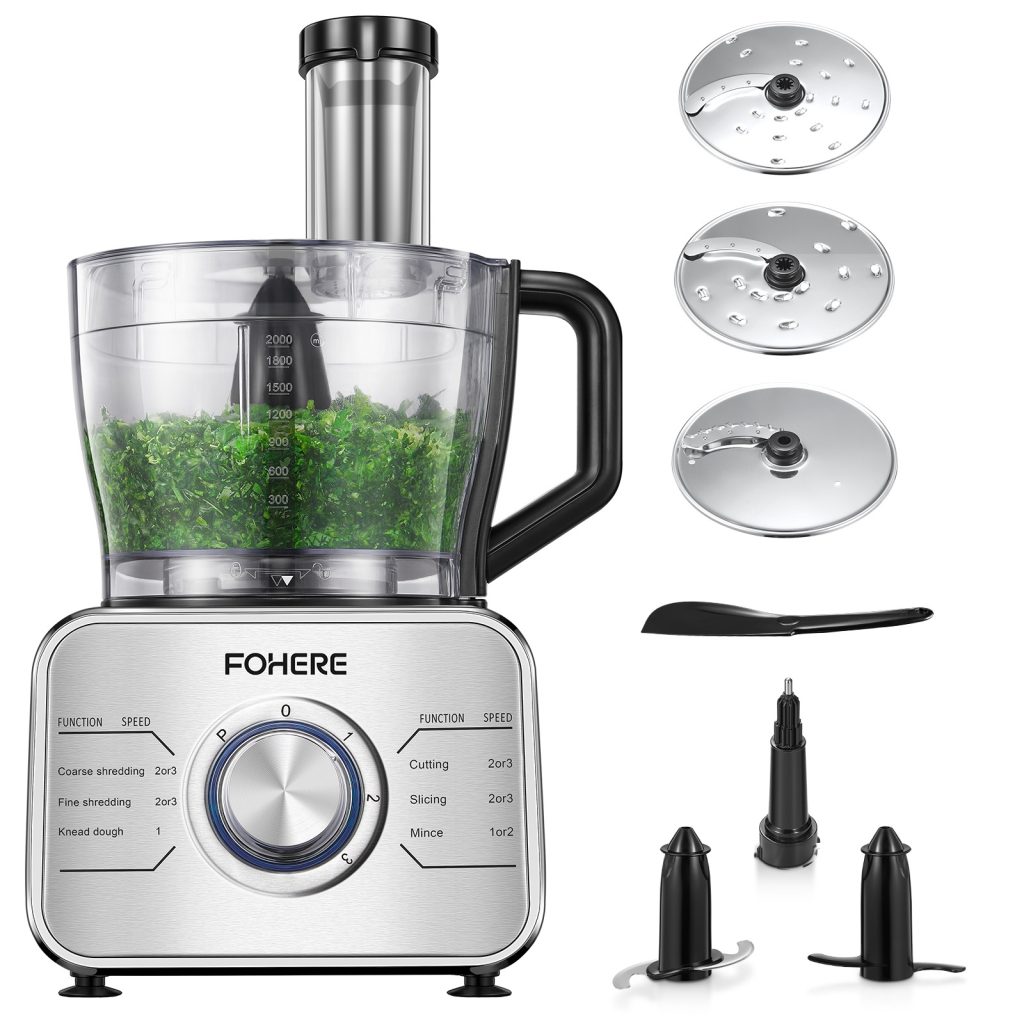
Care and Maintenance for Quiet Operation
Caring for the quietest food processor is essential for maintaining its silent performance. Follow these care tips to keep your appliance operating quietly:
- Clean Regularly: Wipe down the food processor after each use to prevent build-up that can cause noise.
- Lubricate Moving Parts: Apply food-grade oil to blades and bearings occasionally to reduce friction.
- Inspect Seals and Gaskets: Check for wear and tear. Replace them if needed to keep the noise down.
- Tighten Loose Parts: Make sure that all components are securely fitted. Loose parts can cause rattling noises.
- Store Properly: Keep your food processor in a dry area to avoid motor damage from moisture.
Following these maintenance habits will help ensure that your food processor operates as silently as possible. Regular care not only minimizes noise but also prolongs the life of your appliance. A well-maintained food processor is a quiet one, so give your machine the attention it deserves.
Comparison to Traditional Food Processors
Traditional food processors are kitchen staples for their versatility and power. However, their noise levels can be a significant drawback when compared to the quietest food processors available on the market today.
Here’s how the quietest food processors stack up against traditional models:
- Noise Level: Traditional units often reach noise levels of 80-90 decibels, comparable to city traffic. In contrast, the quietest models keep it down to a more tolerable 60-70 decibels.
- Vibration: A heavy-duty base in quiet models helps to cut down on vibration, making them steadier and quieter than many traditional processors.
- Speed Settings: While traditional processors may offer high power, quieter models feature variable speed settings that contribute to reduced noise, especially at lower speeds.
- Technology: Quiet food processors implement sound-reducing technology like insulation and sound-dampening cases, unlike many traditional units.
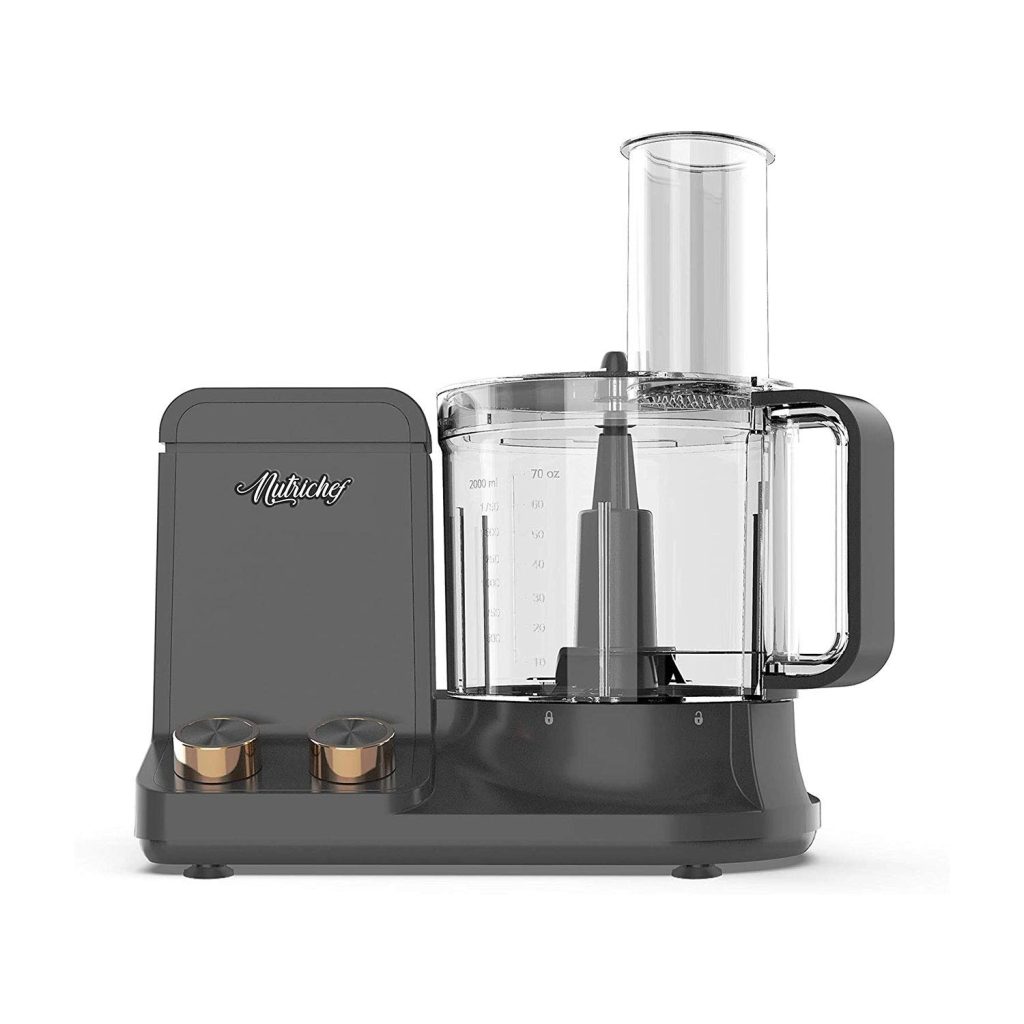
Final
When wrapping up your search for the quietest food processor, keep a few final points in mind. It’s not just about lower noise levels – it’s also about finding a machine that fits your kitchen needs and lifestyle. Consider the size, capacity, and features along with the sound profile. A processor that’s both quiet and powerful is ideal. It should also be user-friendly, easy to clean, and offer the versatility needed for your cooking tasks.
